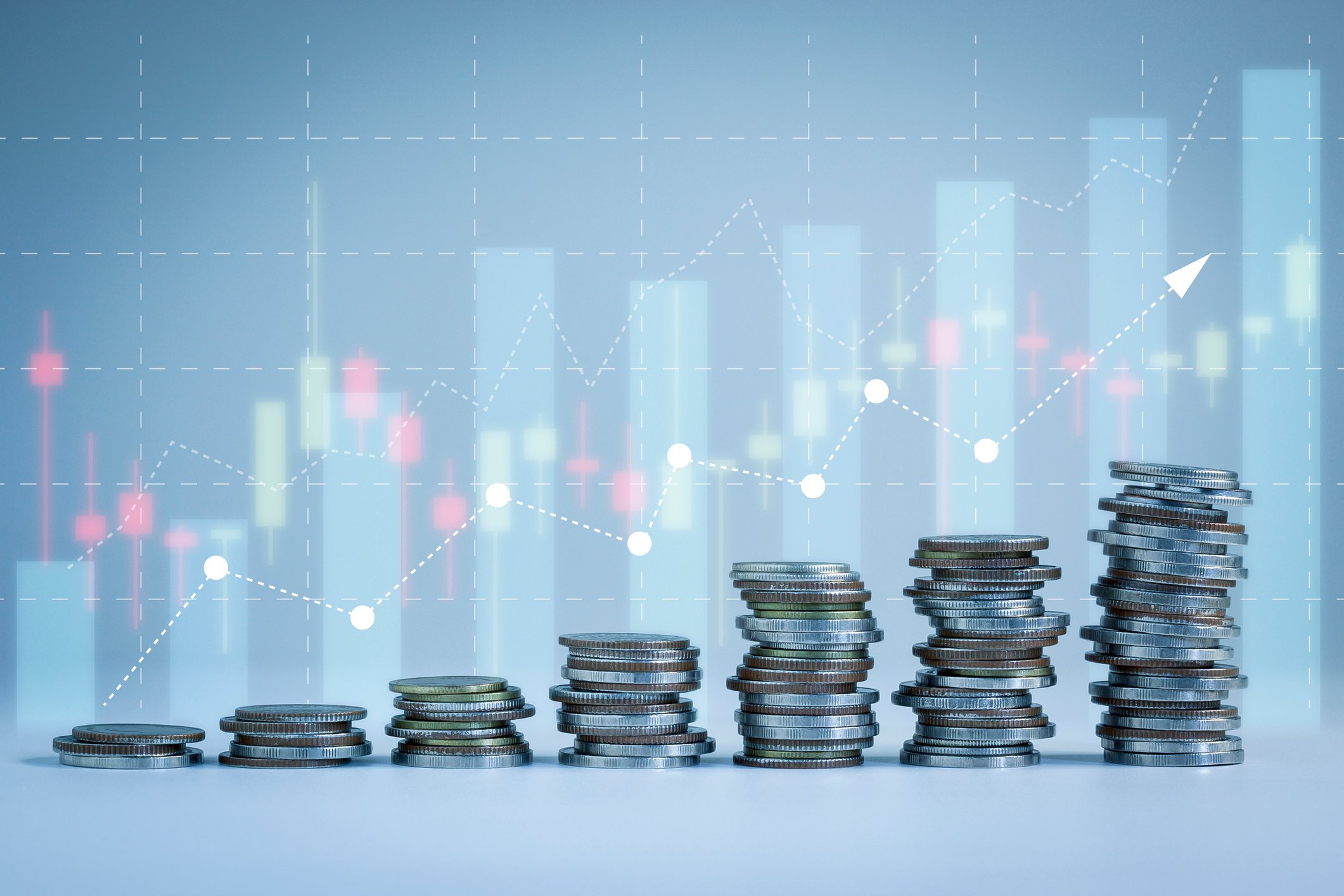
Image source: Getty Images.
It was not all that long ago that Kinder Morgan (KMI 0.33%) was near the top of the pack when it came to dividend growth stocks. Not only did it offer a pretty lucrative current yield, but it promised to boost its payout by 10% per year through 2020. Unfortunately, that is no longer the case, with the payout undergoing a dramatic reduction last year amid the fallout of the worst energy market downturn in decades. Worse yet, under current projections, the company might not be able to restart dividend growth until 2018.
The only metric that matters
Before the energy market cratered, Kinder Morgan had unfettered access to the capital markets to fund growth. Because it could issue both equity and debt at will, it was able to send virtually all of its cash flow back to investors via dividends. However, as the energy market cracked under the weight of low oil and gas prices, it caused the capital markets to close their doors to companies that didn't have sparkling credit metrics. That posed a problem for Kinder Morgan because its credit metrics were weakening along with the energy market. In particular, its debt-to-EBITDA ratio rose from an already elevated 5.0 times to an unnerving 5.8 times in recent years.
Because of its burgeoning debt, Kinder Morgan could no longer fund growth using outside capital and instead needed to divert the bulk of its cash flow toward capex instead of dividend payments. Doing so would also slowly push its credit metrics back toward a more comfortable level with the company initially targeting 5.5 times debt to EBITDA by the end of this year. Unfortunately, that targeted number would not trigger more cash heading back to investors. Instead, that number was "around five times" debt to EBITDA, according to CFO Kim Dang.
The path to 5.0
On a positive note, Kinder Morgan is much closer to that target than expected after recently signing several strategic transactions. Topping the list in importance was its joint venture agreement with leading utility Southern Company (SO +0.93%). Under that deal, Kinder Morgan is selling a 50% stake in its Southern natural gas pipeline for $1.47 billion in cash plus Southern Company would assume half of the entity's debt. The net result of the transaction is that it will push Kinder Morgan's debt to EBITDA to 5.3 times by the end of the year.
While that is meaningful progress, the company still has a long way to go. Furthermore, it is reluctant to pursue additional large-scale asset sales because they tend to be an "expensive way to raise capital," according to comments by founder Richard Kinder on the second-quarter conference call. Without meaningful debt reduction transactions, the company is left to focus on growing the earnings side of the equation.
Unfortunately for investors, that will be a slow process. According to an analyst at SunTrust Robinson Humphrey, as the company "executes its trimmed backlog over the next 2-3 years," its leverage will "continue to tick downward." Under that scenario, it estimates that a dividend increase "could occur as early as 2018." While that is a long way off, the analyst does anticipate a substantial dividend increase of 25%, which would still leave the company with enough excess cash flow to fund most of its growth capex, based on its estimates.
That said, it does have a couple of potential levers to pull that could get it to its target much sooner. For example, while its stock price is down 37% over the past year, it roared higher in recent months and is up 43% year to date. As a result, it is getting closer to the point where Kinder Morgan might feel comfortable issuing equity to acquire cash flowing assets to boost the earnings side of the equation. Also, while the company is reluctant to sell assets, it is not opposed to doing so if a buyer, according to Richard Kinder, "has a much higher value or places a higher strategic value on the underlying assets" than Kinder Morgan. In order words, if Kinder Morgan finds value in the marketplace, it could hit its leverage target sooner than 2018.
Investor takeaway
Given the work that remains, investors should not bank on Kinder Morgan increasing its dividend in 2017. Instead, expect the company to continue taking a methodical approach. That means executing its organic growth projects while on the lookout for opportunistic strategic transactions that could put it on pace to hit its leverage target before 2018.







